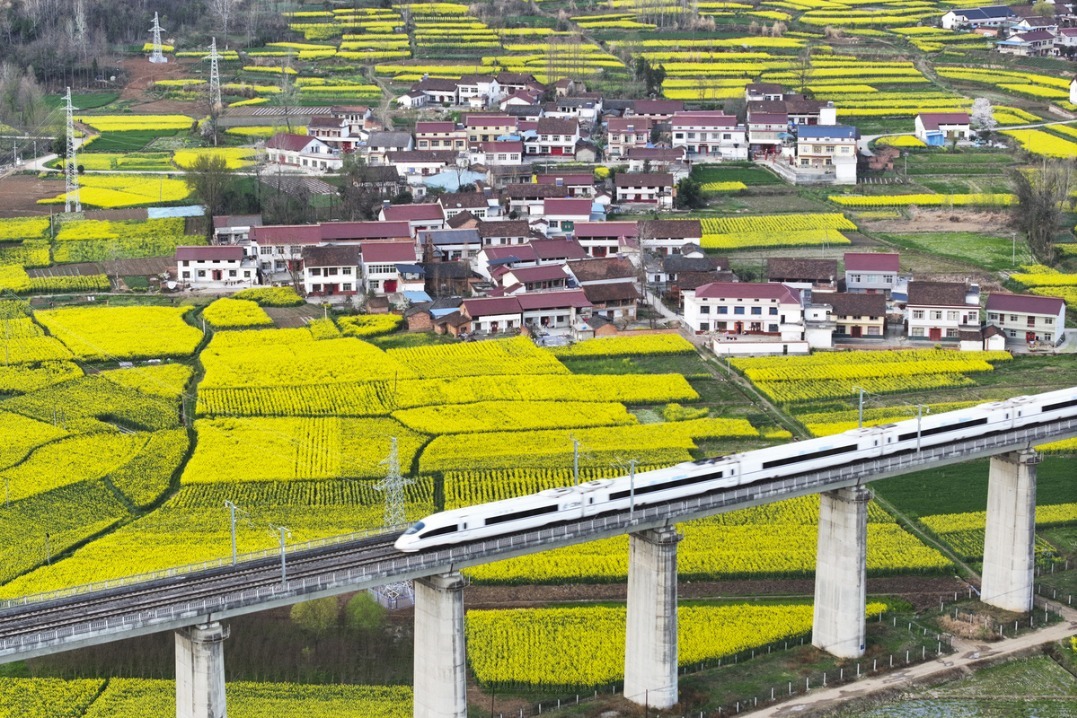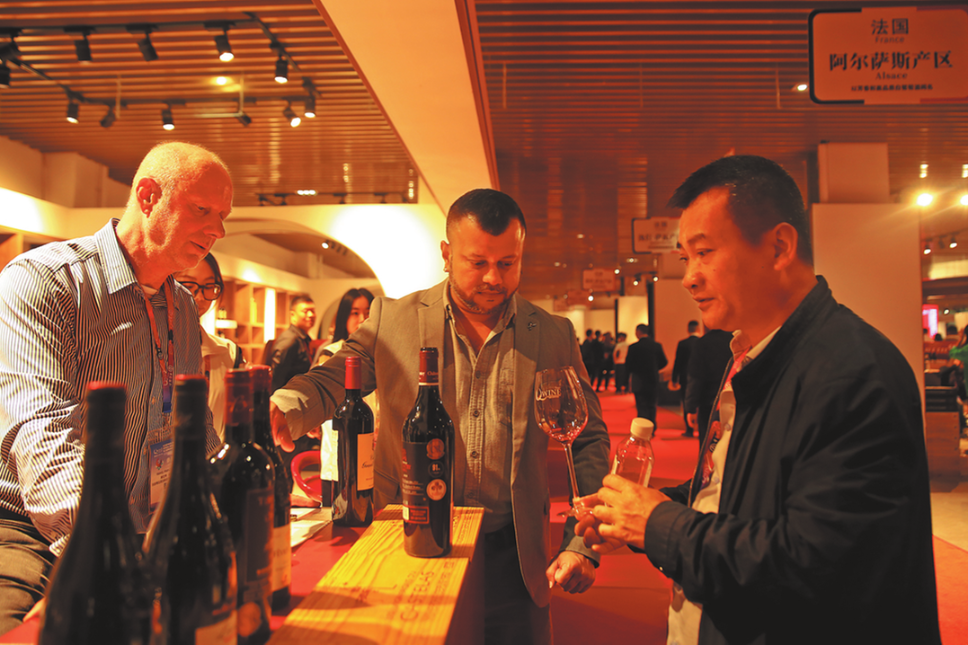Allium gardens showcase biodiversity conservation potential of BRI
By Zheng Jinran and Yang Ran | chinadaily.com.cn | Updated: 2024-08-22 19:38

The China-Uzbekistan Global Allium Garden (Kunming Center) has attracted tens of thousands of visitors since its establishment. It has become a prime example of how the Belt and Road Initiative can support global biodiversity conservation. Allium is a type of flowering plant with hundreds of species, including chives and onions.
The China-Uzbekistan Global Allium Garden (GAG) has two centers. The Kunming Center is part of the Kunming Botanical Garden of the Kunming Institute of Botany, Chinese Academy of Sciences. The Tashkent Center is at the Institute of Botany of the Uzbekistan Academy of Sciences. The Kunming Center began construction in November 2017 and opened in April 2018. The Tashkent center started construction in May 2018.
In April 2019, the construction of the China-Uzbekistan GAG was highlighted as an important demonstration platform for technological support in the Belt and Road Initiative at a State Council Information Office news conference.
"Central Asia and Southwestern China have a rich diversity of Allium species. Establishing the Global Allium Garden in China and Uzbekistan leverages our unique geographical advantages," said Niu Yang, deputy director of the Kunming Botanical Garden at the Kunming Institute of Botany.
"Our collaboration with Uzbekistan has mainly focused on two areas: collection exchange and scientific cooperation, including personnel exchanges and hosting joint academic conferences. We have also jointly trained many graduate students," Niu added.
According to data from the Kunming Institute of Botany, the two Global Allium Garden centers have collected and conserved over 200 Allium species, representing one-third of the world's total. The garden is a crucial base for the conservation and research of allium species.
The number of species at the two centers is expected to reach 500, according to Niu.
"The commonly known scallions and onions are just a small part of the Allium genus. There are nearly 1,000 species of Allium worldwide, some of which are highly ornamental and produce large flowers. Additionally, we can extract valuable compounds from these plants," Niu explained.
























